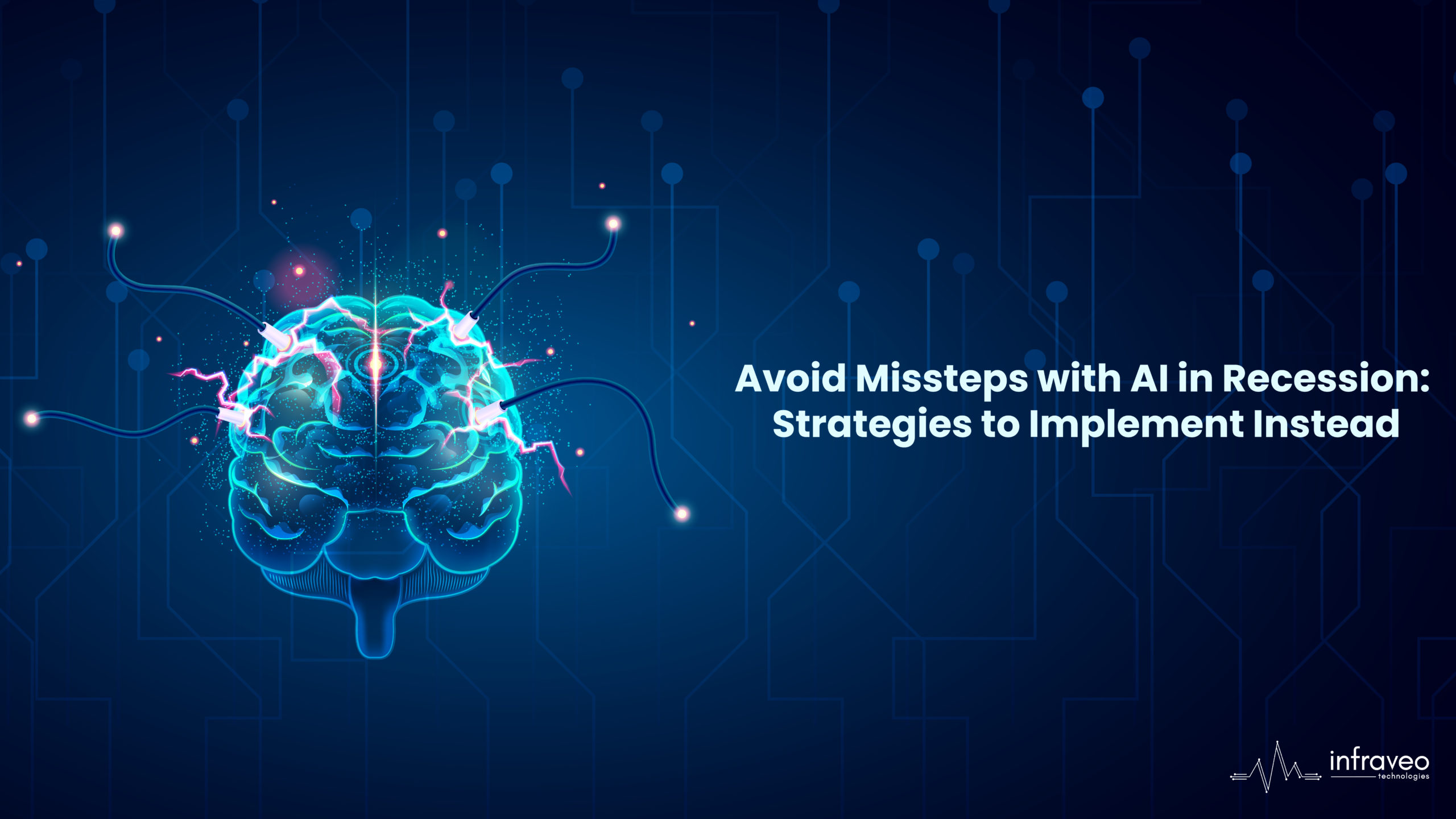Introduction
In a recession, some businesses view AI as a means of improving efficiency and reducing costs in their current operations. While others view it as a transformative technology that will enable them to gain a competitive edge and create new opportunities. As the economy continues to be uncertain, companies of both types are re-evaluating the value of their AI investments in AI and the platforms that support them. It is important to avoid unrealistic expectations and instead focus on creating sustainable, measurable, and scalable outcomes.
When approaching AI with a realistic mindset, it is important to keep in mind that it is not a solution to all problems. During a recession, when organizations are closely scrutinizing their investments, it is crucial to be aware of the potential pitfalls and make strategic decisions. To stay ahead of the competition, it is just as important to know what not to do as it is to know what to do. It is essential to be mindful of these potential missteps and make informed decisions to achieve success.
Avoiding the pursuit of inappropriate AI use cases
Success with AI in your organization requires selective use of the technology and avoiding missteps that could harm stakeholder support. One key aspect of this is to be careful in choosing the right use cases. Selecting the wrong ones can harm the organization’s support for AI initiatives.
When businesses implement AI, they often begin by identifying low-hanging fruit. These use cases are easy to optimize and can bring significant benefits with minimal effort. However, in good economic times, there is usually ample time and resources for such projects, leading to success.
When a company’s leadership team calls for cost-cutting and efficiency improvements, prioritizing the success rate of AI should be key. However, it’s important to note that some business processes may already be highly optimized and thus, implementing AI may not bring additional benefits. For example, many insurance companies have already optimized their debt collection and claims processing processes over time.
Using AI to improve one small part of a process is often more costly than collecting data from multiple processes and using that information to improve those processes. Instead, companies should consider making changes to less obvious and less optimized processes. Such an approach is like investing in an investment portfolio. A diversified portfolio across different asset classes is more effective than relying on a single asset class to generate all the value.
The importance of AI extends beyond just its practical applications
When evaluating the value of AI initiatives, it is important to consider both the benefits and cost of specific use cases. During economic downturns, finding new, more valuable use cases may not be enough to improve ROI (Return on Investment) quickly. Instead, adopting a small-team mentality, reusing assets, and delivering smaller projects quickly can increase productivity and recession-proof AI initiatives.
Avoiding escaping reality requires spending under control
To generate value from AI, companies must be realistic about the costs of developing and applying it. During a recession, funding for experimental projects is limited. Companies must prove they can scale and apply AI in different contexts or markets. Thus, companies should adopt a reuse-first mentality and develop an approach to forecasting demand and applying it to the entire global business. This generates more value faster while reducing initial development costs and allows companies to reuse assets for supply chain purposes. This approach helps companies avoid over-ambition upfront and capitalize on savings many times over.
The cost of developing state-of-the-art image recognition models has become so expensive. Some companies are turning to reusing models from other companies. However, the data requirements for these models are increasing faster than cloud costs are decreasing. It’s making them accessible only to a few companies. Instead of building a custom image recognition AI, companies should consider using pre-existing models as a starting point to save cost and quickly deliver value.




